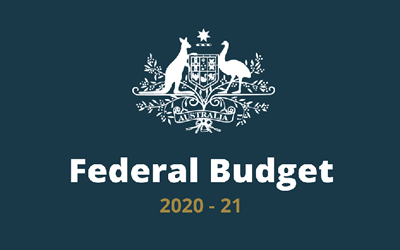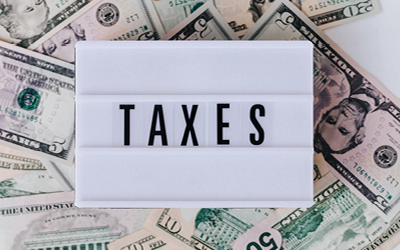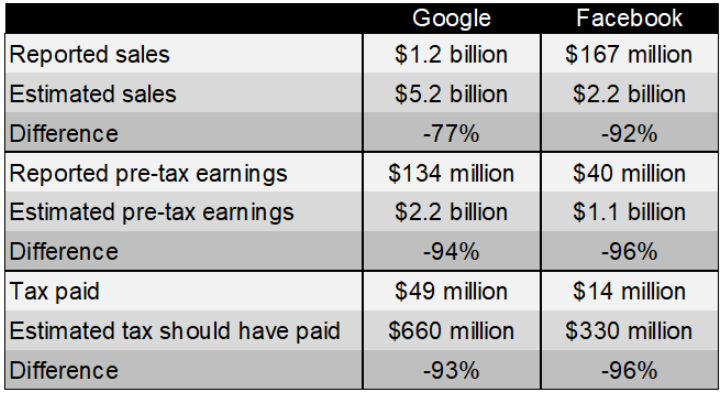I was recently having a chat with a prospective client who mentioned t her mother had put her house up for sale and was looking to downsize. Her thoughts were to simply add a portion of the proceeds from the sale to her existing share portfolio.
This had me thinking that many people, including advisers and accountants, were unaware of a relatively new part of legislation which allows those over 65 years old who meet certain eligibility requirements, to choose to make a ‘downsizer’ contribution into superannuation of up to $300,000 for each person from the proceeds of the sale of their home.
Eligibility Criteria
The eligibility criteria in making a downsizer contribution are:
- you are over 65 years old at the time you make a downsizer contribution
- the contribution is from the proceeds of selling your home
- your home was owned by you or your spouse for 10 years or more prior to the sale (calculated from the date of settlement of purchase to the date of settlement of sale)
- your home is in Australia
- the proceeds (capital gain or loss) from the sale of the home are either exempt or partially exempt from capital gains tax (CGT) under the main residence exemption
- you have provided your super fund with the Downsizer contribution into super form either before or at the time of making your downsizer
- you make your downsizer contribution within 90 days of receiving the proceeds of sale, which is usually at the date of settlement
- you have not previously made a downsizer contribution to your super from the sale of another home
If your home that was sold was only owned by one spouse, the other spouse may also make a downsizer contribution, or have one made on their behalf, provided they meet all of the other requirements.
What about my Transfer Balance Cap of $1.6m?
The downsizer contribution can still be made even if you have a total super balance greater than $1.6 million. What’s also important to note is that this contribution will not affect your total superannuation balance until the end of the financial year. Because this is not considered a ‘non-concessional’ super contribution, if you are still eligible to make a contribution to super before the end of that financial year, you may do so.
However, it will eventually count towards your transfer balance cap (TBC), currently set at $1.6 million once the end of year accounts are completed.
You can only access the downsizer scheme once. This means you can only make downsizing contributions for the sale or disposal of one home, including the sale of a part interest in a home, and it can’t be more than the proceeds from the sale of your home.
There is no requirement for a couple to make equal downsizer contributions. For instance, one spouse could make a $250,000 contribution while the other spouse may make a $130,000 contribution.
Timing of your contribution
You must make your downsizer contribution within 90 days of receiving the proceeds of sale. You may apply for an extension if there are situations beyond your control for making the payment.
So what’s the process?
You will need to complete the Downsizer contribution into super (NAT 75073) form. You need to provide this to your super fund when making – or prior to making – your contribution.
And then within 90 days of receiving the proceeds of sale, make sure you make the contribution.
An extension of time should be requested before the 90-day period from the date of settlement has expired.
Part sales of property
Fractional property investment firm, DomaCom received binding advice from the ATO that people may sell part of their home and still qualify for the downsizer contribution.
DomaCom have a platform whereby investors can purchase a portion of a property asset from sellers. Its Seniors Equity Release Platform provides this as an option for seniors looking to access cash through the sale of part of their home.
As mentioned previously, sellers are only able to use the downsizer contribution once, so once they sell a portion of their home and utilize it, they cannot do so again.
The contributions would still be capped at $300,000 per spouse and could be made as several contributions over a period of 90 days from settlement of the property.
With many Australians having large amounts of their wealth tied up in their home, the downsizer contribution may be very effective in allowing them to boost their income in a tax effective structure, regardless of whether you are over 65 and cannot meet the work test rule.
As with all these strategies, it’s important to get the right advice as each person’s situation may be different and there may be implications which affect you.
Find out how this can work for you on 03 99757070 or at info@stewardwealth.com.au






